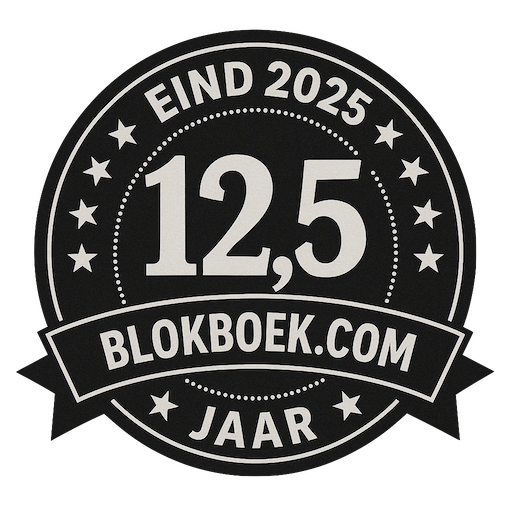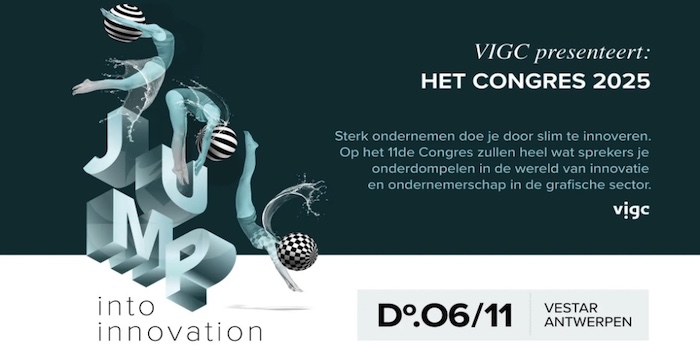Wild Format #2.5: Where Do You Start Your Wild Format Project?
The range of what’s possible with digital inkjet technology just keeps on growing. There are so many production options to choose from that it’s hard to know where to start. In fact, don’t start with production at all, start with something much more basic, like what you want to create in the first place. This article is a step-by-step guide to help you make informed choices about your project and getting the most out of the technology and your budget.
Once you have established your project objectives and budget, you need to decide on how you want your wild format print to look – and crucially how you want it to perform over time.
Baby steps
You can take many approaches to project design, depending upon your project constraints, such as the final viewing environment. What you present at a trade show, say bespoke garments or photo samples, will have very specific viewing and usage constraints compared to what you produce for a local retailer. Think about the difference between how you expect prints fixed to the side of buildings to perform compared to labels on artisan food packaging. Both extremes are possible but how you choose to proceed, depends on more than technology.
The colours in this image are particularly tricky so, if you are working on something as colour rich, make sure you choose a printing method that gets the most out of your colour data, especially if you want to print it bigger. © Hannah Brunner
Begin with your objectives and outlining what you want to achieve. Think about the budget available and the amount of time it will take to design, produce, print and install your project. What’s important for the work will depend on the specific performance criteria and installation constraints. For example, the design of an ambitious cityscape using building wraps will have to take into account elements such as planning and installation logistics, safety and regulatory compliance. Most of us won’t have the opportunity to festoon whole city blocks with artistic drapery however, so let’s look at the problem from a less lofty perspective.
Design choices
Any wild format project requires design, and design that works for the message and its objectives. It’s pointless filling an image with masses of detail that will be invisible when viewed remotely or under caked dirt, as is the case with a billboard or train graphics. Equally, you cannot scrimp on content if you are creating graphics for an art gallery or luxury goods outlet.
Consider how your design will appear on different surfaces and at different sizes, because you might end up printing it in different formats, such as a leaflet and a poster. Choose your colours so that you get the most out of both the substrate and from the printing method you intend to use. If your work is going to appear in multiple locations, consider a variable content design so that you can incorporate specific local information, such as a map or local services, when the file is printed.
Quality control
One of the biggest complaints the printing industry has when it comes to project planning, is that designers and marketers don’t think enough about colour. Sure they think about it when they are choosing colours and substrates, but they don’t necessarily think about how it is likely to behave in print production. Keep in mind that how you prepare your data files will play a big part in the colour quality of the output you get. Think about the choice of substrate, because the substrate is the single biggest factor influencing the appearance of printed colours. Choose a substrate that will perform in line with expectations for your wild format project and choose a printing method that works well with the substrate.
Choosing materials
The choice of materials obviously depends on the project constraints. If you are producing outdoor signage that has to last for a while, choose rigid PVC and inks that will last. You might want to consider crazy coloured textile wall coverings printed on a machine such as Mimaki’s JV400LX which adds orange and green to the basic CMYK latex inkset.
The project planning to complete this image would have involved some heavy safety considerations. Is it drawn or is it printed?
Printing options
The market is chockablock with different types of printing devices. Print service providers will be keen to produce whatever it is you want, but be wise in selecting the company. If you want to produce vehicle wraps, for instance, make sure you select a company with the kit and the nous to produce this type of work. HP and Mimaki offer various options, so you have choices. Base your decision on the performance of the print and how much it costs. Check out some samples before you commit, and make sure that the printed output will behave as you want.
Practicalities
In planning your wild format project, make sure you think it through fully. In the excitement of getting on with the design and maximising impact and results, it can be easy to overlook the details. The most common mistakes people make are in underestimating how long stuff takes to get done. Think carefully about time and what needs to be taken into account for every step of your wild format project.
Design and approvals can take forever to get complete signoff, so impose deadlines that everyone accepts for each stage of your project. Finding the right service provider for your wild format project may take longer than you think, even if you have someone in mind already. You need to ensure that the service provider has the right technology to produce your work, and that they can do so at a fair price. It always pays to shop around, so keep this in mind as it’s something that will impact your project execution.
The practicalities of printing can also take longer than you think, especially if your project involves steps such as special coatings that take time to dry. And don’t forget about the cutting and finishing. You may need to add grommets or have a specific time window for installations. All of these practical considerations, and more, will influence the success or failure of your project.
The annoying nitsby bitsy stuff can’t be ignored, but the good news is that you can trust the technology to produce the results you want. Wild format possibilities are yours to command!
Laurel Brunner
The Wild Format guides are intended to expand awareness and understanding of the craziness that can be created on wide format digital printing devices, from floors to lampshades and everything in between.
These guides are made possible by a group of manufacturers working together with Digital Dots. Together we hope you enjoy the articles and that you put into practise what you learn. If you want to talk about it, go to our LinkedIn group via this link.
Enjoy and Go Wild!

De trainingen voor 2022 staan gereed. Kijk voor het volledige online aanbod van bestaande- en nieuwe trainingen op de website.
BLOKBOEK.COM EN PRINTMEDIANIEUWS: HET OPTIMALE DOELGROEP BEREIK




















